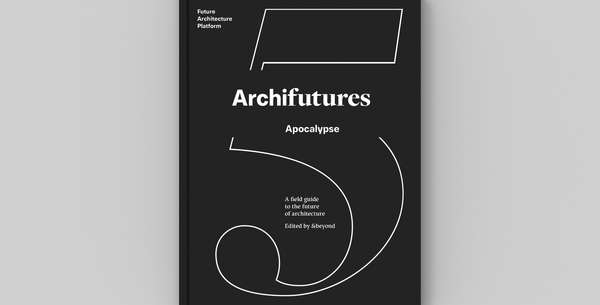Idea by
Gaja Mežnarić Osole & Andrej Koruza
Trajna Collective
Call for ideas 2018
Symbiocene
Symbiocene
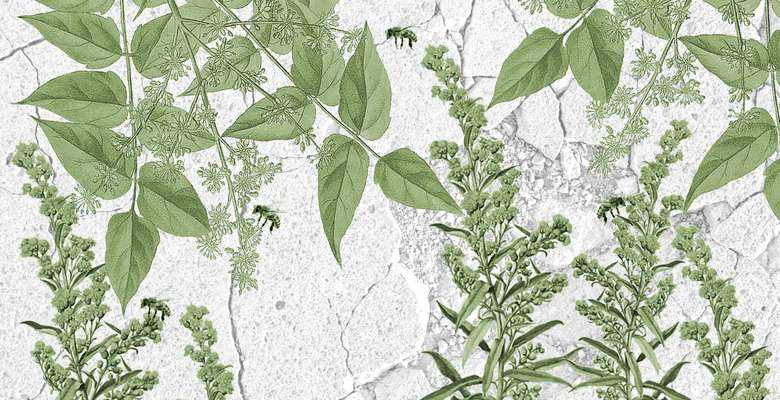
The project seeks for ways to design resilient cities by recognising interspecies dynamics within urban landscapes. Many polluted and degraded ecosystems have become thriving homes for invasive plants. As a consequence of global trade and traffic, these displaced species alter newly conquered ecosystems and threaten our biodiversity. They forcefully remind us of the necessity to question our anthropocentric perspectives on economy, habitation and land.
The ongoing species extinction is obliging us to resuscitate the synergic relations among living beings as a necessity for sustaining desired conditions for life on Earth. Hence we want to employ our creative (sens)abilities for engaging in a set of ‘animating’ actions as an invitation to a new era - the Symbiocene. We use the material and symbolic qualities of invasive plants to initiate land restoration, ethical economies and spaces for multispecies learning, showcasing a way for negotiating competitive territories into symbiotic.
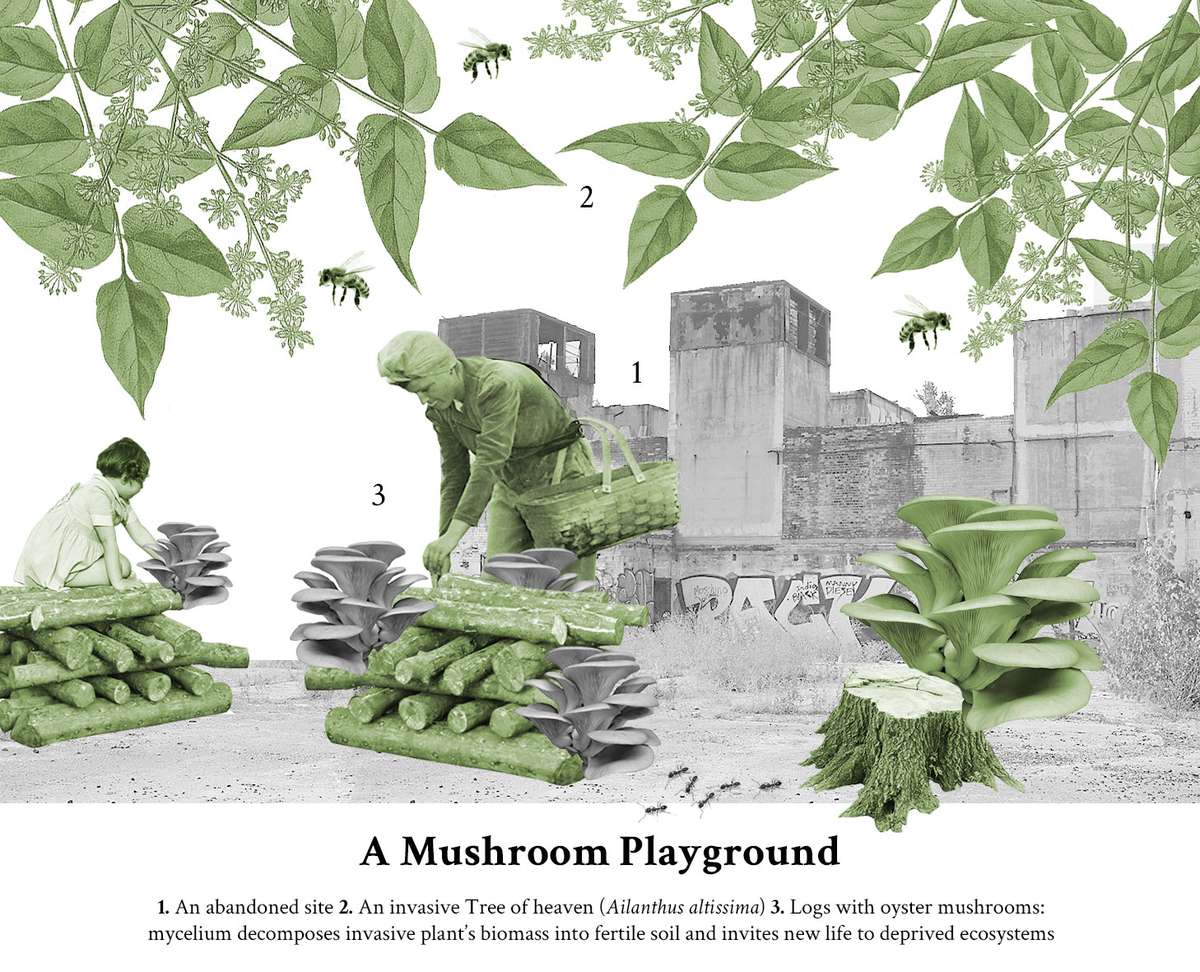
GROUNDWORKS: practical actions engaging with landscape restoration
We will detect and mobilise the abandoned and ruined landscapes conquered by invasive plants and use them as an opportunity for restoring natural commons. By employing permaculture principles, participatory methods and creative skills, we will search for and exhibit ways to transform the damaged ecosystems into playgrounds of diverse human and more-than-human beings.

SUBVERSIVE ECONOMIES: A platform for piloting new modes of production & ethical exchanges
We will use the abundant surplus of invasive plants biomass (wood, fibers, food ...) to work on material experimentation and envisioning of meaningful products and services. Culturally diverse communities will be invited to participate in foraging activities, engaging with traditional handicrafts and designing new local economies.
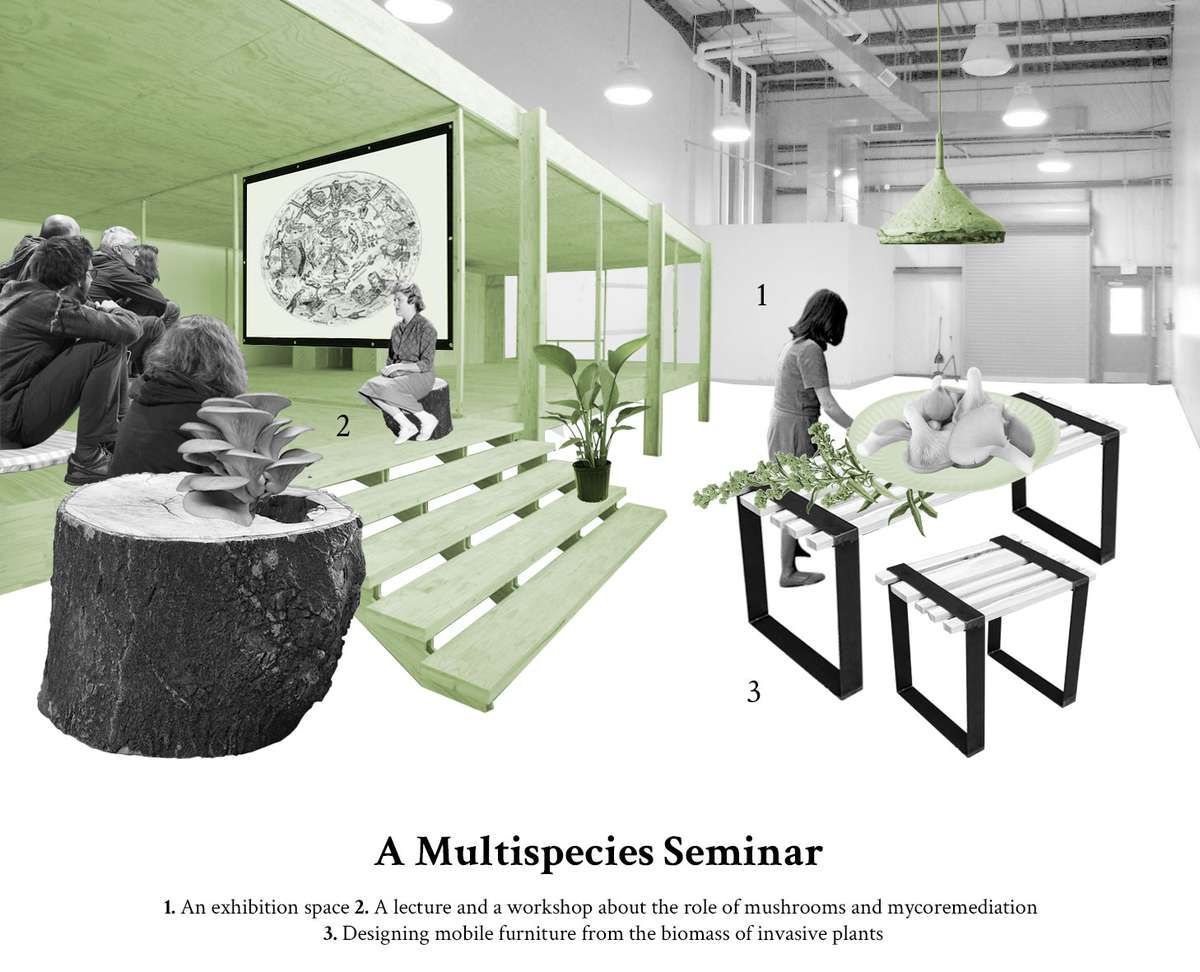
KNOWLEDGE SHELTERS: Nomadic community spaces for learning, experimentation and making
We will occupy empty buildings, activate public spaces and mobilise cultural institutions to facilitate learning about local ecosystems’ resilience in relation to ongoing environmental depletion and climate change. We will host workshops, lectures, dinners and other community gatherings, learning how and with whom to cooperate to ‘build’ a diverse web of life in our future cities.
Symbiocene
Symbiocene

The project seeks for ways to design resilient cities by recognising interspecies dynamics within urban landscapes. Many polluted and degraded ecosystems have become thriving homes for invasive plants. As a consequence of global trade and traffic, these displaced species alter newly conquered ecosystems and threaten our biodiversity. They forcefully remind us of the necessity to question our anthropocentric perspectives on economy, habitation and land.
The ongoing species extinction is obliging us to resuscitate the synergic relations among living beings as a necessity for sustaining desired conditions for life on Earth. Hence we want to employ our creative (sens)abilities for engaging in a set of ‘animating’ actions as an invitation to a new era - the Symbiocene. We use the material and symbolic qualities of invasive plants to initiate land restoration, ethical economies and spaces for multispecies learning, showcasing a way for negotiating competitive territories into symbiotic.
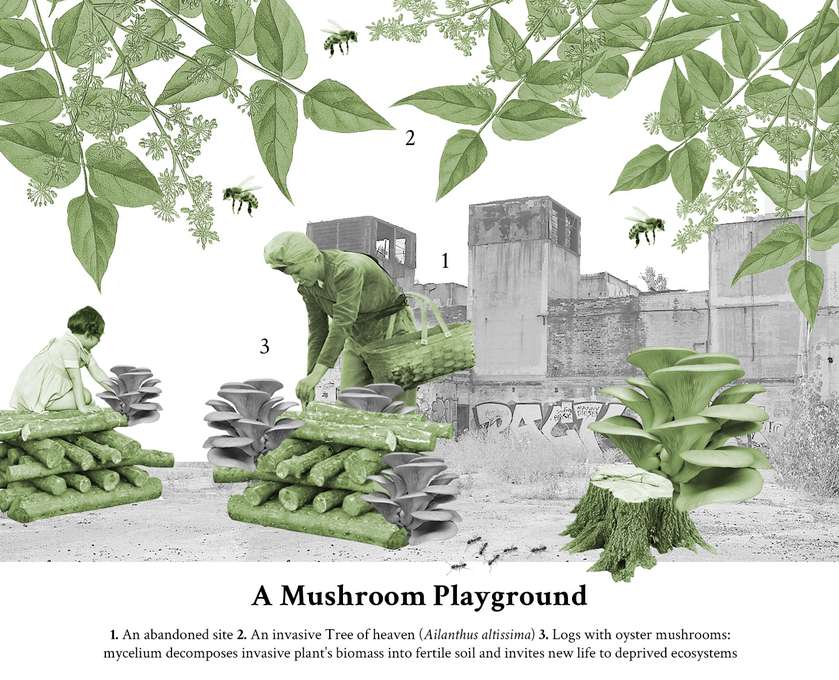
GROUNDWORKS: practical actions engaging with landscape restoration
We will detect and mobilise the abandoned and ruined landscapes conquered by invasive plants and use them as an opportunity for restoring natural commons. By employing permaculture principles, participatory methods and creative skills, we will search for and exhibit ways to transform the damaged ecosystems into playgrounds of diverse human and more-than-human beings.
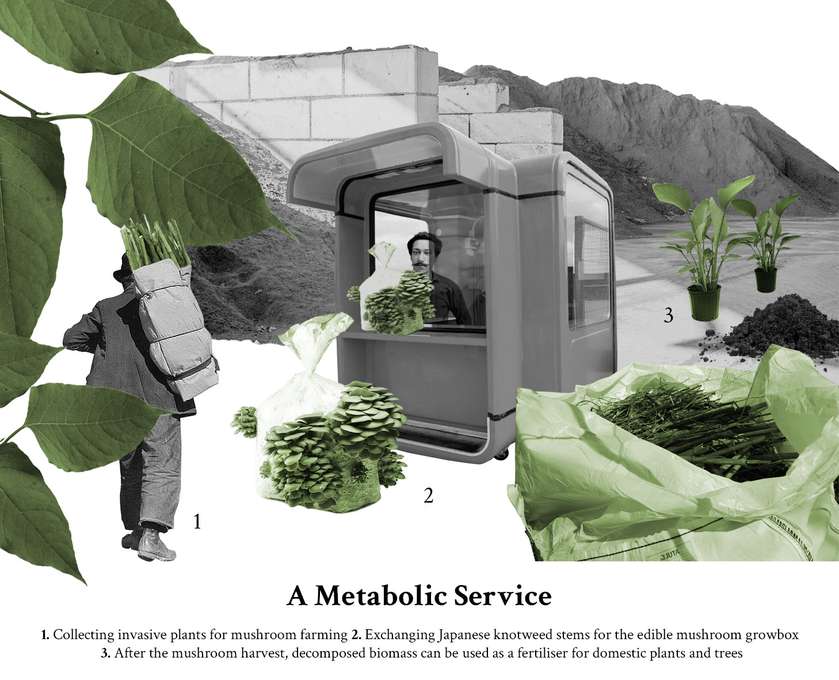
SUBVERSIVE ECONOMIES: A platform for piloting new modes of production & ethical exchanges
We will use the abundant surplus of invasive plants biomass (wood, fibers, food ...) to work on material experimentation and envisioning of meaningful products and services. Culturally diverse communities will be invited to participate in foraging activities, engaging with traditional handicrafts and designing new local economies.
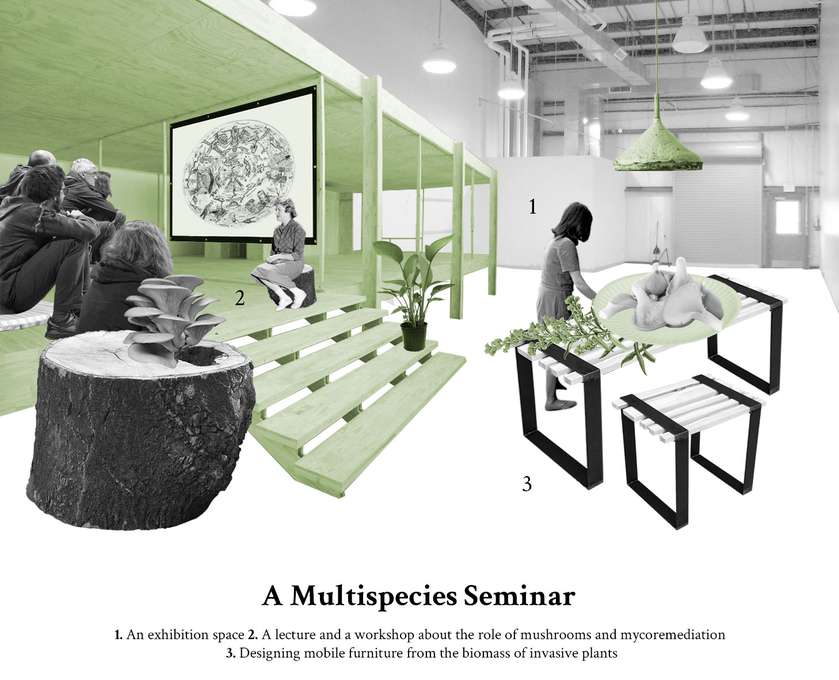
KNOWLEDGE SHELTERS: Nomadic community spaces for learning, experimentation and making
We will occupy empty buildings, activate public spaces and mobilise cultural institutions to facilitate learning about local ecosystems’ resilience in relation to ongoing environmental depletion and climate change. We will host workshops, lectures, dinners and other community gatherings, learning how and with whom to cooperate to ‘build’ a diverse web of life in our future cities.
